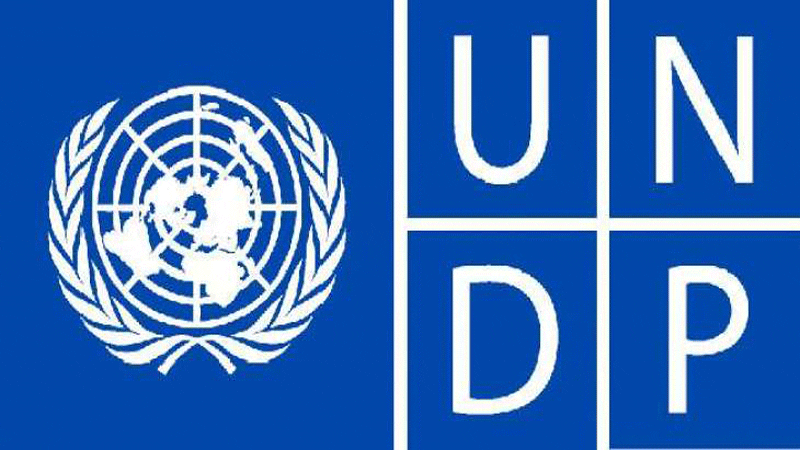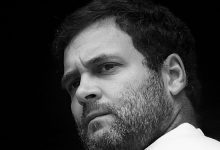Good days’ have remained elusive for the majority of Indians because the major share of national income growth is going to sectors other than human development. The rich are the main beneficiary of the economic policies, while the common people continue to suffer. HDI index shows that India is progressing at snail’s pace in terms of people’s health, education, and income. People are struggling for freedom and opportunities, while the government has been bombarding them with data of economic growth. A report for Different Truths.
Waiting for Modi’s promised ‘Good Days’ is now like Waiting for Godot. The Human Development Index (HDI) 2018 released recently by UNDP shows that India lagged far behind the majority of countries in health, education, and gender development despite its being the fastest growing economy of the world. ‘Good days’ have remained elusive for the majority of Indians because the major share of national income growth is going to sectors other than human development. The rich are the main beneficiary of the economic policies, while the common people continue to suffer.
HDI index shows that India is progressing at snail’s pace in terms of people’s health, education, and income. People are struggling for freedom and opportunities, while the government has been bombarding them with data of economic growth. Creation of jobs for millions has remained a dream resulting in the country’s rank going up only one point to 130th in the world, far below even the medium human development group of countries.
The composite value of the HDI for 2017 was only 0.64 with life expectancy at birth only 68.8 years. Expected years of schooling is only 12.3 and the mean years of schooling was even less at 6.4 years. The difference in the ranks of gross per capita national income (GNI) and the HDI has become negative at -5. The change in HDI rank between 2012 and 2017 was only two points upward, which reveals that the government is least interested in human development, and the direction of its economic growth is not towards the well-being of the common people, but the advancement of certain people. The average annual HDI growth between 2010 and 2017 is only 1.4 per cent, which is far less than the present economic growth of 8.2 per cent of the GDP. One wonders, where this national income is going!
In 2014, that is the year when we were promised the ‘Good Days’, HDI for India was 0.618, which rose to only 0.64, indeed a very poor performance. Inequality in health, education, and gender justice has grown in 2017. Overall loss of inequality adjusted HDI was 26.8 per cent, which reveals that the policies being pursued by the ruling establishment is breeding inequality at a very high rate. Coefficient of human inequality was 26.3 while inequality in life expectancy is likely to worsen between 2015 and 2020 at the rate of 21.4 per cent. It shows an alarming level of inequality in access to health services.
Inequality in education stands at 38.7 per cent in 2017, which reveals that all tall claims of the government are not true even in the field of universal education. Inequality adjusted education index is even worse at 0.341, which is a proof that the government is not serious on the education front as it wants us to believe.
Inequality in income has also been worsening over the years. In 2017, it was 18.8 per cent having an index value of only 0.509, which is affecting the GNI coefficient of income inequality at 35.1 per cent.
In gender development index the country scores 0.841, putting it in group 5 countries comprising low equality in HDI achievements between women and men less than the world average of 0.941. Human Development Index for women was 0.575 in comparison to men’s 0.683. Even then life expectancy of women at birth was 70.4 years as against men’s 67.3. Expected years of schooling for females was 12.9, better than male’s 11.9. However, the mean years of schooling for female is only 4.8 as against males 8.2. Women suffer much because of great inequality in income. The gross per capita national income for females was only 2722 dollars as against men’s 9729.
Gender Inequality Index value of for India in 2017 was 0.524 and the rank 127th in the world, which is again shameful. Maternal mortality rate per one lakh live births is 174. The adolescent (females between 15 and 19 years of age) birth rate per thousand women is likely to remain 23.1 during 2015-2020. Only 11.6 per cent seats in parliament is held by women.
Only 39 per cent of females over 25 years of age had at least some secondary education during 2010-17 while the percentage for male was 63.5. The labour force participation rate for females over 15 years was 27.2 per cent as against male’s 78.8 per cent.
The dependency ratio per one hundred people for children below 14 years of age was 42 while aged above 65 years of age is 9. It puts additional responsibility for the government to make more effective programmes for children and aged persons.
Infants (below one year of age) lacking DPT immunisation was 7 per cent and Measles 12 per cent shows that our health services need more money and manpower to reach all the children of the country. Child malnutrition is at alarming 37.9 per cent for children under 5 years of age. Mortality rate per 1000 live births for infants was 34.6, for under-five 43, for adult female 139 and male 212. This level of premature death rate is not acceptable. The performance of the government in this regard is certainly dismal.
Gyan Pathak
©IPA Service
Photo from the Internet






 By
By
